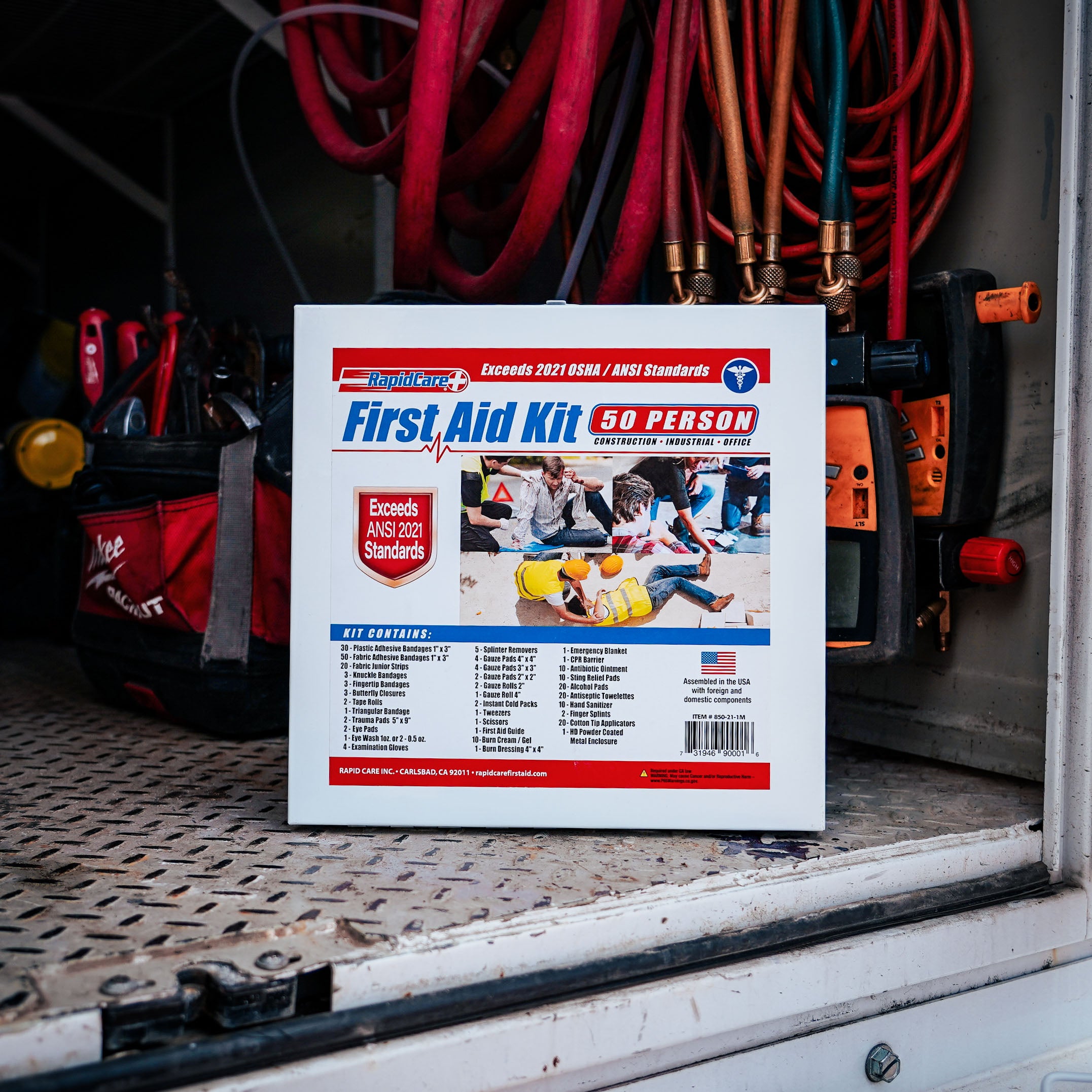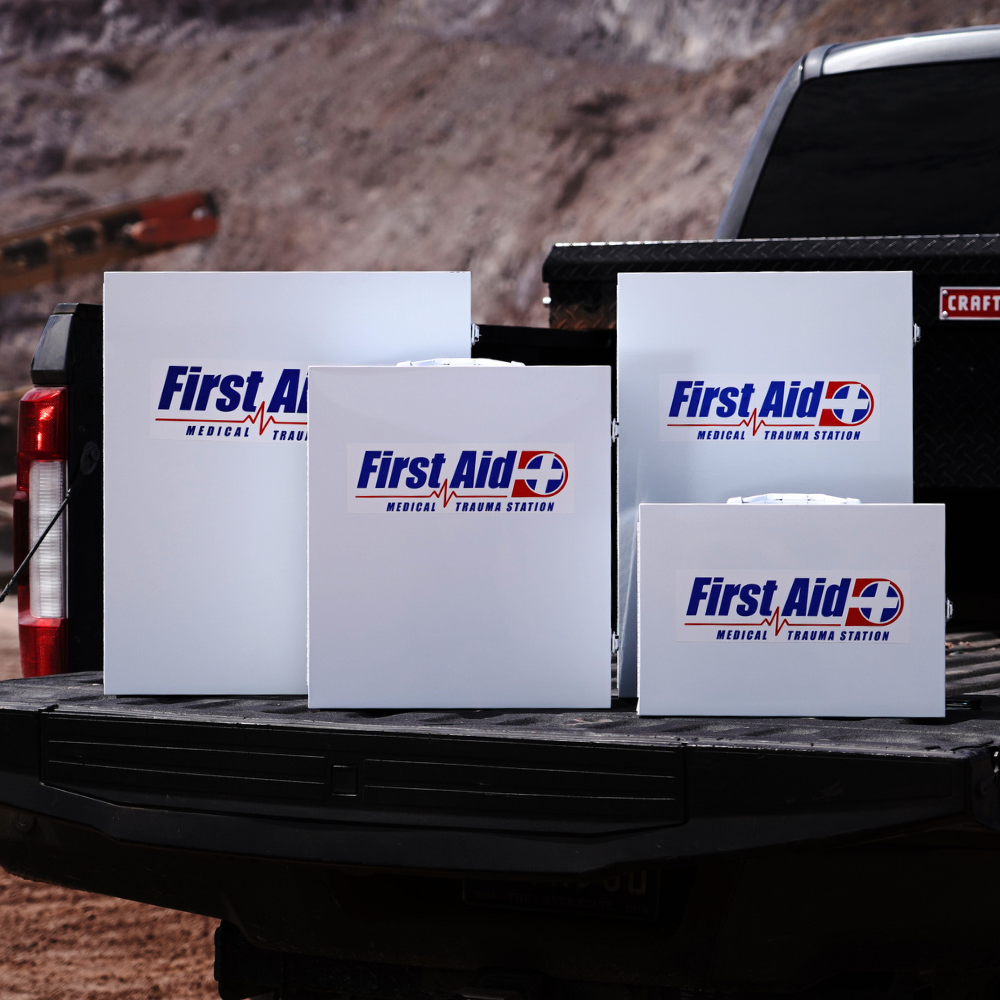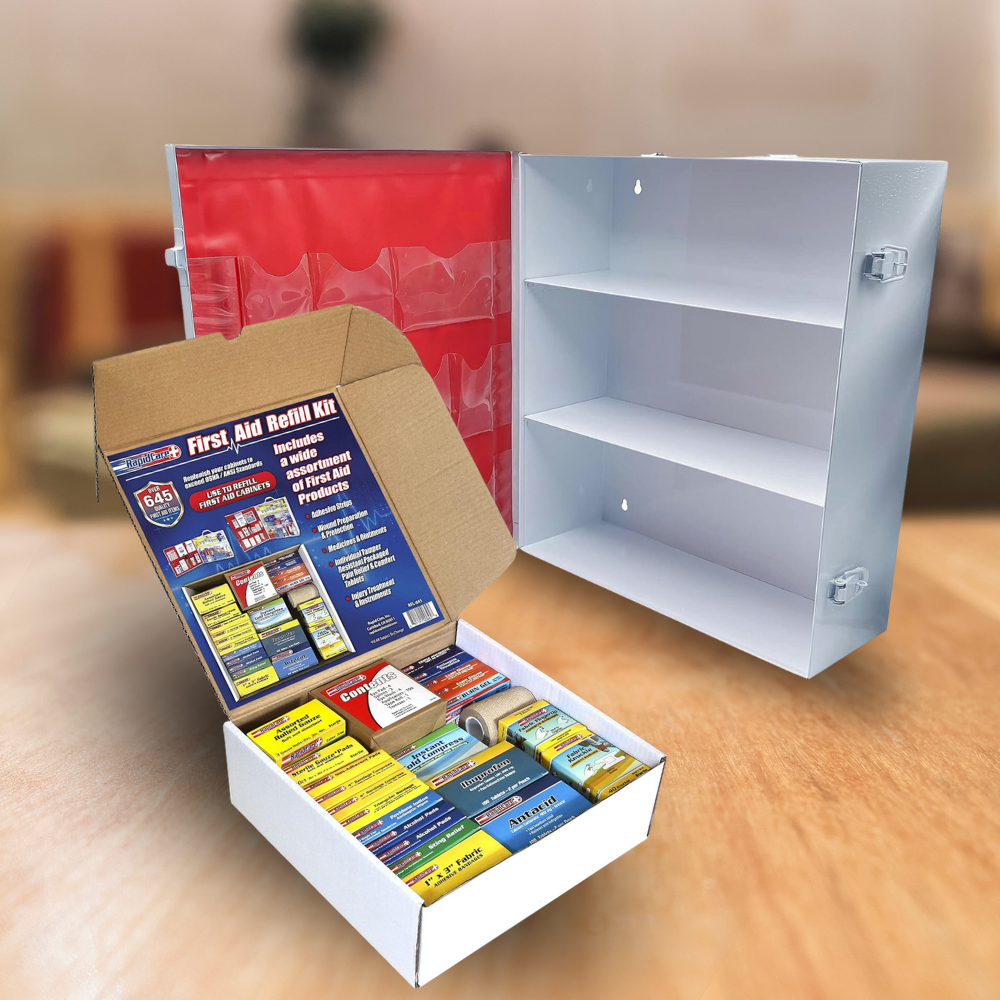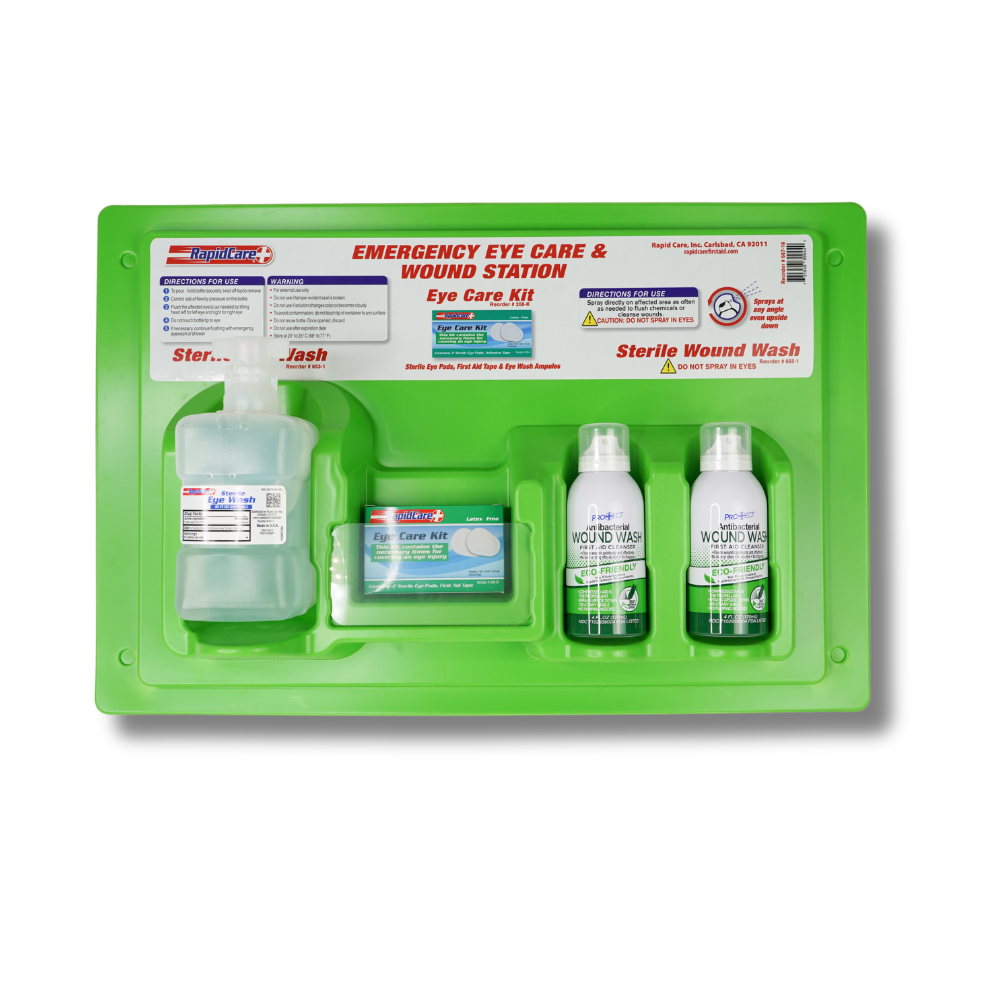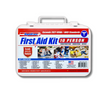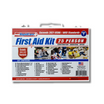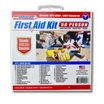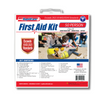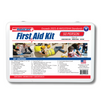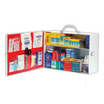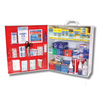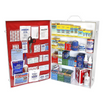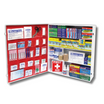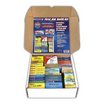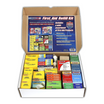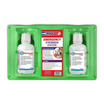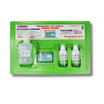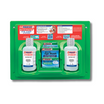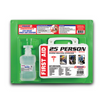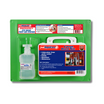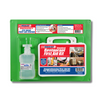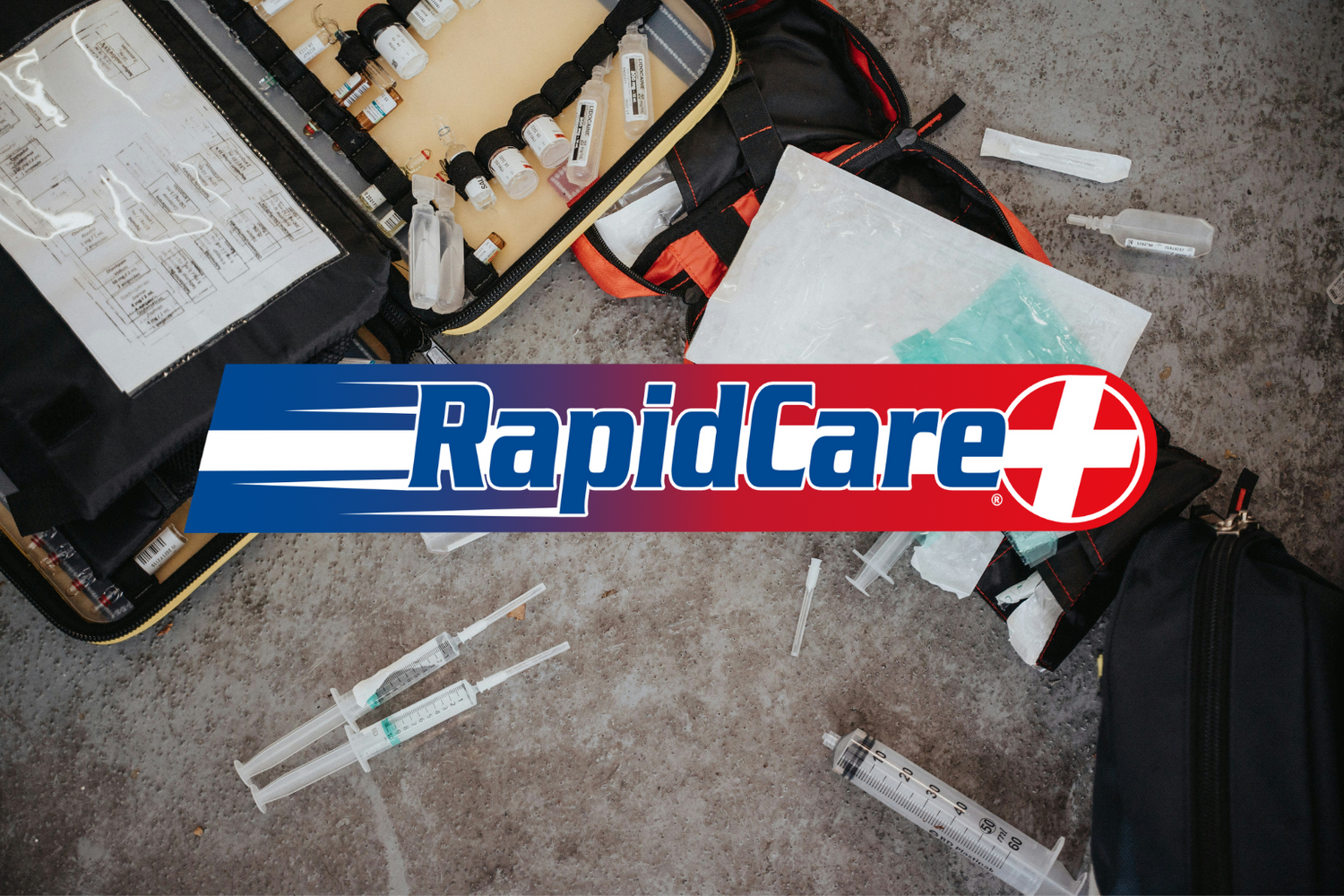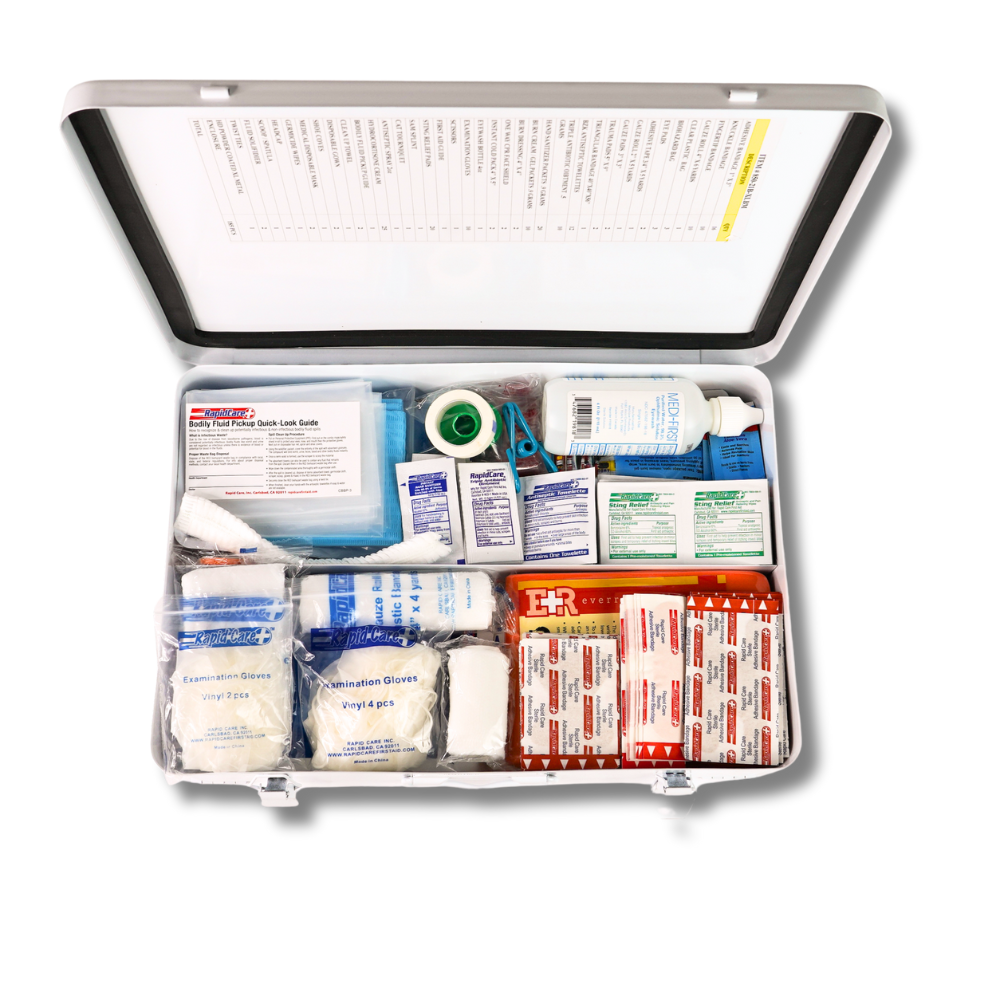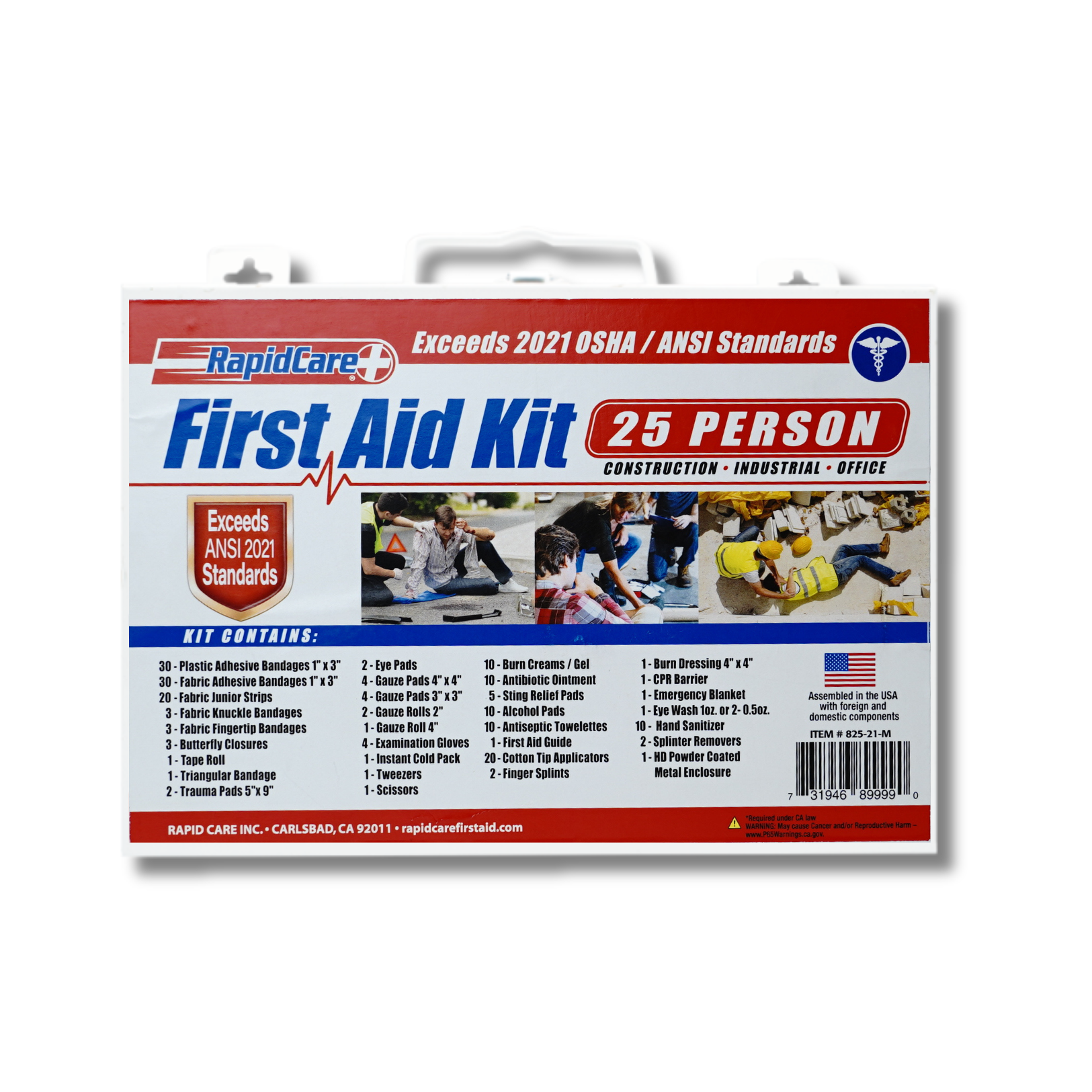In our unpredictable journey through life, accidents and injuries are inevitable. Whether at home, work, or during outdoor activities, being prepared for unexpected mishaps is crucial. One of the most fundamental tools for immediate response is a well-equipped first aid kit. Beyond being a basic necessity, a first aid kit can play a pivotal role in preventing minor injuries from escalating into more serious and life-threatening conditions. In this comprehensive blog post, we will delve into the importance of a first aid kit, its essential components, and how its timely use can make a significant difference in injury prevention.
I. The Basics of First Aid:
Before delving into the specifics of how a first aid kit can prevent serious injuries, it's essential to understand the fundamentals of first aid. First aid refers to the immediate and initial care provided to a person suffering from an injury or illness. Its primary goals are to preserve life, prevent the condition from worsening, and promote recovery. A well-prepared first aid kit is a critical component in achieving these objectives.
II. Components of an Effective First Aid Kit:
A. Bandages and Dressings:
- Adhesive bandages
- Sterile gauze pads
- Adhesive tape
- Triangular bandages
- Rolled bandages
B. Antiseptics and Cleansing Agents:
- Antiseptic wipes
- Hydrogen peroxide
- Antiseptic solution
- Cotton balls
- Tweezers and scissors
C. Medications:
- Pain relievers (e.g., acetaminophen, ibuprofen)
- Antihistamines
- Aspirin
- Anti-diarrheal medication
- EpiPen (for severe allergic reactions)
D. Tools and Equipment:
- Tweezers
- Scissors
- Thermometer
- CPR face mask
- Instant cold packs
E. Personal Protective Equipment (PPE):
- Disposable gloves
- Face masks
- Safety goggles
III. Timely Intervention and Injury Prevention:
A. Cuts and Scrapes:
- Proper cleaning and disinfection
- Application of adhesive bandages
- Monitoring for signs of infection
B. Burns:
- Immediate cooling with cold water
- Application of sterile dressings
- Avoiding the use of ice
C. Sprains and Strains:
- Rest, ice, compression, and elevation (R.I.C.E.)
- Application of compression bandages
- Pain management with over-the-counter medications
D. Allergic Reactions:
- Use of EpiPen for severe reactions
- Administering antihistamines
- Seeking prompt medical attention
E. Respiratory Distress:
- Administering CPR if necessary
- Use of CPR face mask for protection
- Calling emergency services
IV. The Role of First Aid in Outdoor Activities:
A. Hiking and Camping:
- Dealing with insect bites and stings
- Addressing injuries in remote locations
- Importance of compact and portable first aid kits
B. Sports and Recreation:
- Treating minor sports injuries on the spot
- Utilizing instant cold packs for muscle strains
- Managing fractures and dislocations until professional help arrives
V. First Aid and Emergency Preparedness:
A. Earthquakes and Natural Disasters:
- Creating an emergency evacuation plan
- Importance of including a first aid kit in emergency supplies
- Addressing injuries in the aftermath of disasters
B. Car Accidents:
- Immediate response to injuries on the road
- Use of first aid tools from the car kit
- Calling for emergency medical assistance
VI. Training and Education:
A. Basic First Aid Training:
- Importance of learning basic first aid skills
- Availability of online and in-person first aid courses
- Building a community with basic first aid knowledge
B. Promoting First Aid Awareness:
- Conducting community workshops
- Integrating first aid education in schools and workplaces
- Collaborating with local healthcare providers for training sessions
In conclusion, a well-stocked first aid kit is not just a collection of medical supplies; it is a powerful tool that can prevent minor injuries from evolving into serious and life-threatening conditions. The key lies in timely intervention, proper use of first aid supplies, and the knowledge to administer basic care. Whether at home, in the great outdoors, or faced with unexpected emergencies, a first aid kit is a lifesaving arsenal that empowers individuals to take control of a situation until professional medical help arrives. By understanding the essentials of first aid and the importance of preparedness, we can collectively contribute to a safer and healthier community.

